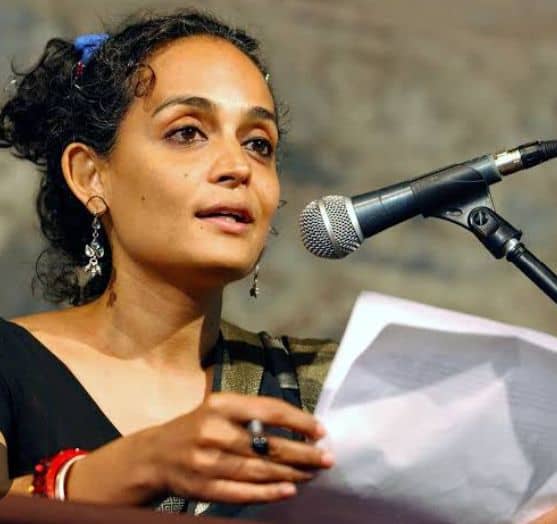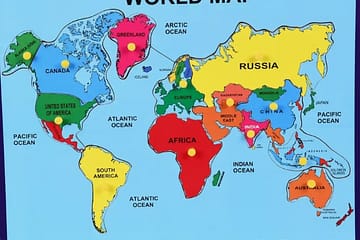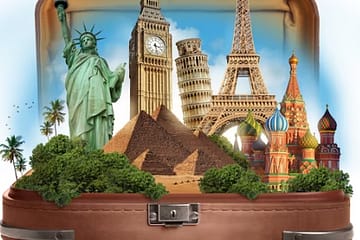
The Novel The God of Small Things written by Arundhati Roy.This Novel focuses on the theme of forbidden love.This novel explores love and how love can’t be ignored when confronted with social boundaries.
- Who signifies, the (Big God), and the (Small God) in the novel,?
Ans. The (Big God) signifies social standards, and laws, while the (Small God), signifies personal longings, and outlawed love. - What is, the importance, of Rahel’s return to Ayemenem,?
Ans. It signifies, her effort to reunite with her past, and the loss of her infantile. - What does, the (Orange Drink Lemon Drink Man), episode signify in Estha’s life,?
Ans. It signifies his trauma, and the loss of blamelessness. - What role ,does religion , perform in the novel,?
Ans. Religion is represented as both; a source of comfort, and a means of enforcing social limits. - Define Pappachi’s concerns with Mammachi.
Ans. Pappachi is rude to Mammachi, exemplifying patriarchal subjugation. - How does, Chacko’s political beliefs impact his actions,?
Ans. Chacko, is a Marxist, who identifies with the working class, but is also hypocritical in his personal life. - What internal conflict, does Baby Kochamma expression,?
Ans. Baby Kochamma fights with unanswered love and bitterness, leading to manipulative behavior. - What does ,Sophie Mol’s ,visit to Ayemenem indicate,?
Ans. It represents, the intrusion of Western culture, and the disruption of the family’s symmetry.
All questions/answers are as per Novel The God of small things, Just for general knowledge
- How does ,Rahel cope ,with her past shock?
Ans. Rahel copes ,through expressive detachment, and ultimately returns to Ayemenem seeking closure. - How does, the novel critique social hierarchy,?
Ans. By portraying the tragic impacts of caste discernment, and rigid social rules. - In what way, is nature a recurring motif, in the novel,?
Ans. Nature is portrayed both; as a nurturing force ;and a witness to the characters’ lives ;and tragedies. - What is, the importance of (the loss of Sophie Mol), in the novel,?
Ans. It helps as a catalyst for the disentanglement of family secrets and the downfall of the Ipe family. - How does, the novel portray childhood,?
Ans. As a time of innocence marred, by traumatic experiences, and societal constraints. - What does, the motif of (the moth) reveal about Pappachi’s character,?
Ans. It reveals his failure ,and bitterness, influencing his abusive behaviour towards his family. - What role, does imagery play, in the novel,?
Ans. Symbols like the moth, the river, and the pickle factory enhance the thematic depth, and character development. - How does, Ammu’s relationship, with her children evolve throughout the novel,?
Ans. Ammu’s relationship, with Estha and Rahel is characterized, by deep love but stressed, by societal pressures, and personal struggles. - What is, the role of Comrade Pillai, in the story,?
Ans. Comrade Pillai, is a local politician, who uses Velutha, for his own gain, and later abandons him, when it becomes politically appropriate. - How does, Velutha’s relationship, with Ammu defy societal norms,?
Ans. Their relationship crosses the inflexible caste lines, prominence the transgressive nature of their love. - What does ,Mammachi’s blind eye signify,?
Ans. It represents her blindness ,to the abuses within her family, and her selective perception of reality. - What is, the impact, of Sophie Mol’s death, on Baby Kochamma,?
Ans. It deepens, her bitterness, and resentment, leading her to manipulate actions to maintain her consequence over the family.



0 Comments